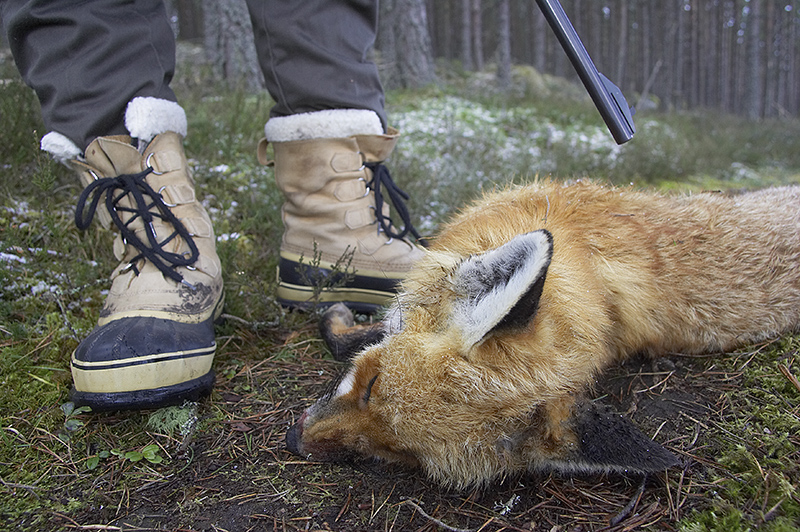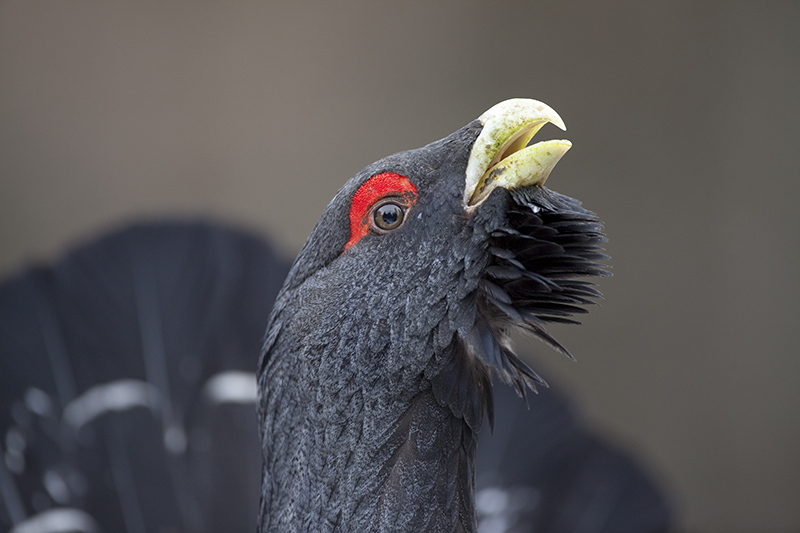August 1998. It was a nervous morning as my old mate Mark Hamblin and I sat in my kitchen drinking coffee, awaiting the arrival of our very first guests on our very first photo tour in our very first year of collaboration. We had no track record, no model on which to base the tour content and no idea how we would be received. It was all very wing-and-a-prayer. By late afternoon the guests had arrived and we nervously struck up conversations about anything that came into our heads. Seven days later with a sigh of relief, it seemed like we’d got away with it.
Category: Opinion
What are National Parks for?
Every 5 years the Cairngorms National Park reviews its priorities and the 18,000 folk who live and work within its boundaries, alongside anyone with an interest in the Park, are invited to contribute their thoughts. As with all democratic processes, the result of this review will please some and disappoint others and for those who don’t get what they want, the National Park becomes a “waste of time.” Such perceptions are predictable but are they justified? Is the Cairngorms National Park a waste of time and more fundamentally, what are Britain’s National Parks for?
In Scotland there is a legislative obligation on the part of National Park Authorities (the people employed to run the Parks) to coordinate the delivery of four core objectives. In short, they are charged with protecting nature whilst also promoting economic growth.
Bring on the mavericks.
When I was young I wanted to be Clint Eastwood. I don’t just mean I liked him and his seemingly never-ending stream of heroic roles. No, I wanted to be him. I’ve wanted to be a few people during my 53 years on this crazy ball of rock. Archie Gemmill, Francis Rossi and one of the Thunderbird pilots – I can’t remember which one. Even in my early thirties when I got into photography, there were a few people I wanted to be – who wouldn’t want to be Vincent Munier? Good looking, charismatic and sickeningly talented. Je ne suis pas digne.
What does an ethical wildlife photographer look like?
Everyone reading this has an impact on the planet and its limited resources. Most of western society eats farmed meat, drives polluting cars and owns an unprecedented range of consumer goods. The device you’re using to read this (and the one I’m using to write it), the light on your office desk and the cup of tea sat next to you – they all use energy. Multiply all of this (and lots more) by a global population spiralling towards 9 billion and it’s easy to see why as a species, we have a problem. A big problem.
Continue reading “What does an ethical wildlife photographer look like?”
Where has all the money gone?
Imagine a waterhole on the plains of Africa. Now imagine that each buffalo drinking there is a photographer, and that the water is their livelihood. Now backtrack 25 years and picture the scene. Every few days a buffalo wanders by and takes a leisurely drink. The water is clean and plentiful, the mood of the savannah calm and tranquil. A few years on and more animals start to drink; there’s still enough water to go around but the buffalo are more fractious; conscious of the dwindling supply. Fast-forward to the present day and the times of plenty have disappeared. The buffalo arrive in large herds all eager to quench their thirst but the demand for water exceeds the amount available, and desperate to sustain themselves, the herds scatter to eke out an existence from tiny, drying pools. This is modern day nature photography.
Otters in Shetland.
Taking on a photo-led book that focuses on just one species is brave. Especially so when that species is painfully difficult to photograph. Eurasian otters are painfully difficult to photograph. I’ve just enjoyed reviewing Otters in Shetland, the recently published celebration of not just otters in general, but specifically those that make their living on Shetland’s rugged and storm-beaten coastline. It is a book that I can only describe as remarkable. Truly. This book has hard work, passion and determination written all over it. This book could not have been produced by anyone other than Brydon Thomason and Richard Shucksmith, two Shetland photographers who have devoted days, weeks, months, years to their craft.
Conservation Heroes.
BBC Wildlife’s recent list of the Top 50 Conservation Heroes made for interesting reading. It’s all completely subjective of course and but for what it’s worth, I thought most had a strong claim for inclusion. Others were more dubious choices and one or two made me really think hard (was anyone ever brought to justice over the hen harrier shooting on Sandringham Estate?) Then there were some very obvious omissions – Roy Dennis and Sir John Lister-Kaye to name but two.
Control and Contradictions.
Management. That word really gets me going. Land managers of all creeds are obsessed with it. Managing nature – that is selectively controlling which bits we want and which bits we don’t – has become an industry; careers and reputations are built on it. ‘Management’ is of course, a polite euphemism for ‘control’ and there are endless organisations that have at their heart, a constitutional objective to control; to exercise their dominion over nature.
The crime of acceptance.
In parallel with my job in nature photography, I’ve been a farmer for the last 20 years. Not a proper farmer you understand; not a paid up member of the NFU; no, I farm for wildlife on our humble plot of land in the Cairngorms. I’m a biodiversity farmer. I ‘produce’ nature – plants, trees, insects, birds and mammals. My next-door neighbour, a livestock farmer, doesn’t get it. He can’t see the ‘product’, the end result. He thinks our ‘unproductive’ patch of flood plain meadow and regenerating woodland is wasted. And yet in part at least, I farm for profit, just like him.
To share or not to share?
I read with great interest Laurie Campbell’s recent piece in Outdoor Photography magazine. In it Laurie describes the familiar dilemma of revealing to other photographers often hard-won sites of what can be, sensitive subjects. And Laurie is right, to share or not to share, is a dilemma.


